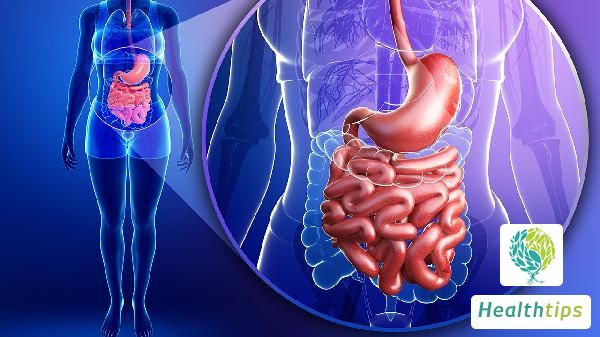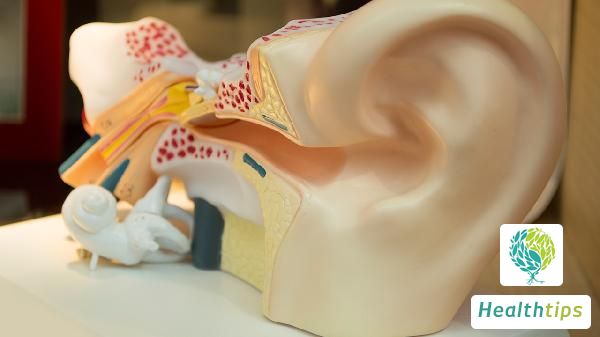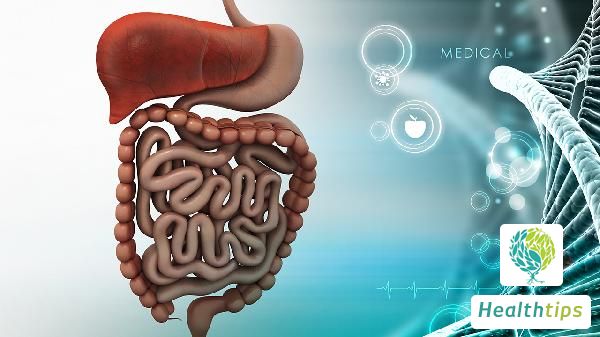How to Diagnose Lung Infection?
Generally, the presence of lung infection is determined through symptoms, physical signs, laboratory tests, lung CT scans, and chest X-rays.

Symptoms: In most cases of lung infection, infected individuals experience fever, cough, expectoration, wheezing, and even dyspnea.
Physical Signs: During auscultation, doctors may hear coarse breathing sounds, wet or dry lungs, accelerated pulse, body temperature exceeding 37.3°C. Children may exhibit "three concave signs of breathing," which are凹陷 in the supraclavicular fossae, sternal fossae, and intercostal spaces, indicating dyspnea.
Laboratory Tests: Blood tests may reveal increased white blood cell count, elevated blood picture, accelerated erythrocyte sedimentation rate, increased procalcitonin levels, and pathogenic microorganisms in cultures.
Lung CT Scan: In lung CT scans of patients with lung infection, there is an increase in patchy density, with shadows that may be uniform or non-uniform, large, small, or spotted. A normal lung CT scan usually indicates no lung infection.
Chest X-ray: Patients with lung infection may show signs of infection such as patchy or lobular shadows on chest X-rays. The absence of such findings on chest X-rays usually suggests no lung infection.
If lung infection is suspected, individuals should promptly visit a hospital for relevant tests to identify the cause and follow medical advice for standardized treatment. They should not handle the situation without authorization to avoid exacerbating the condition and causing adverse outcomes.



















